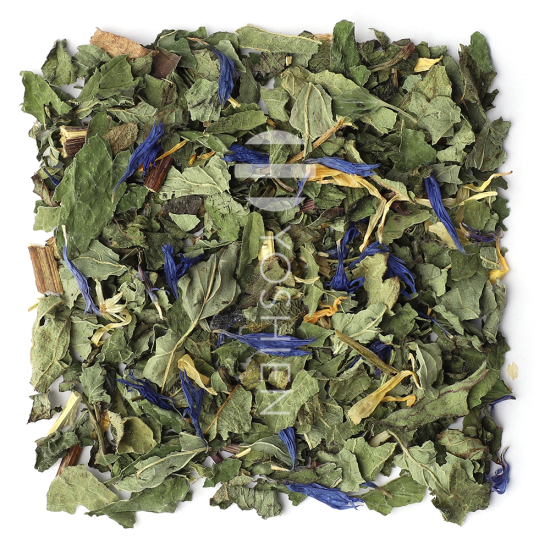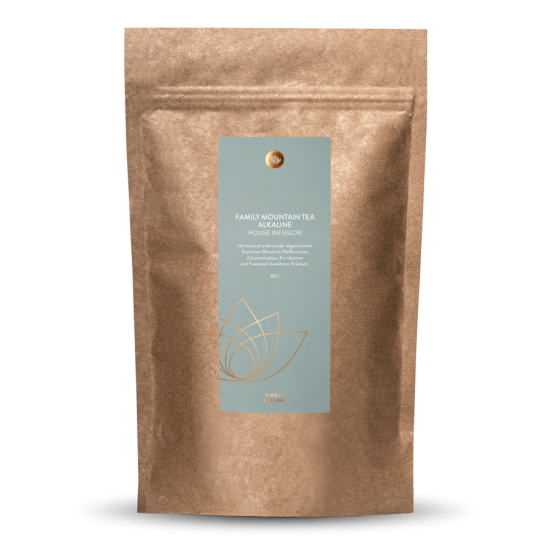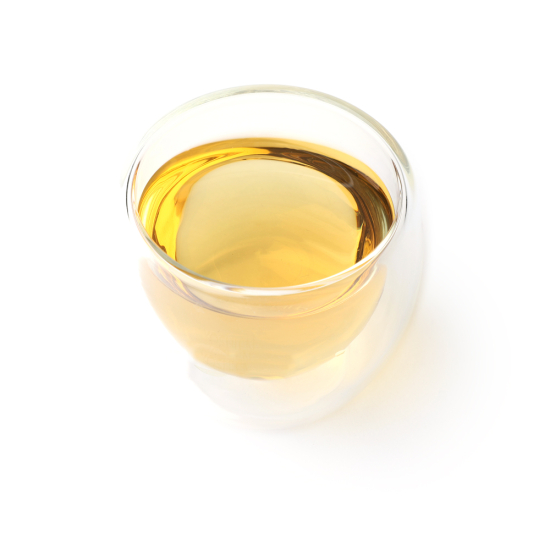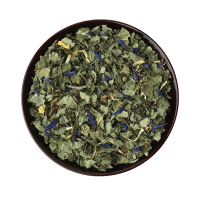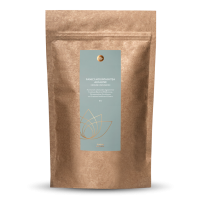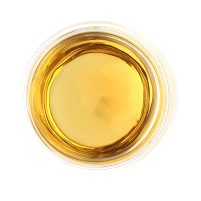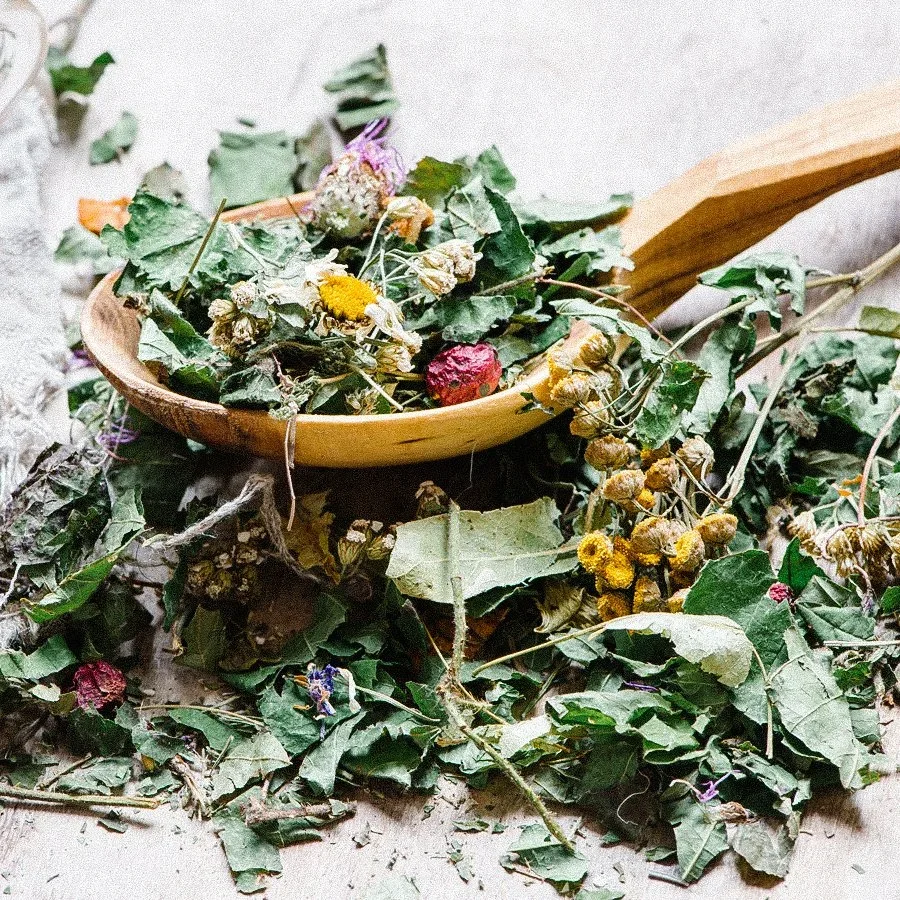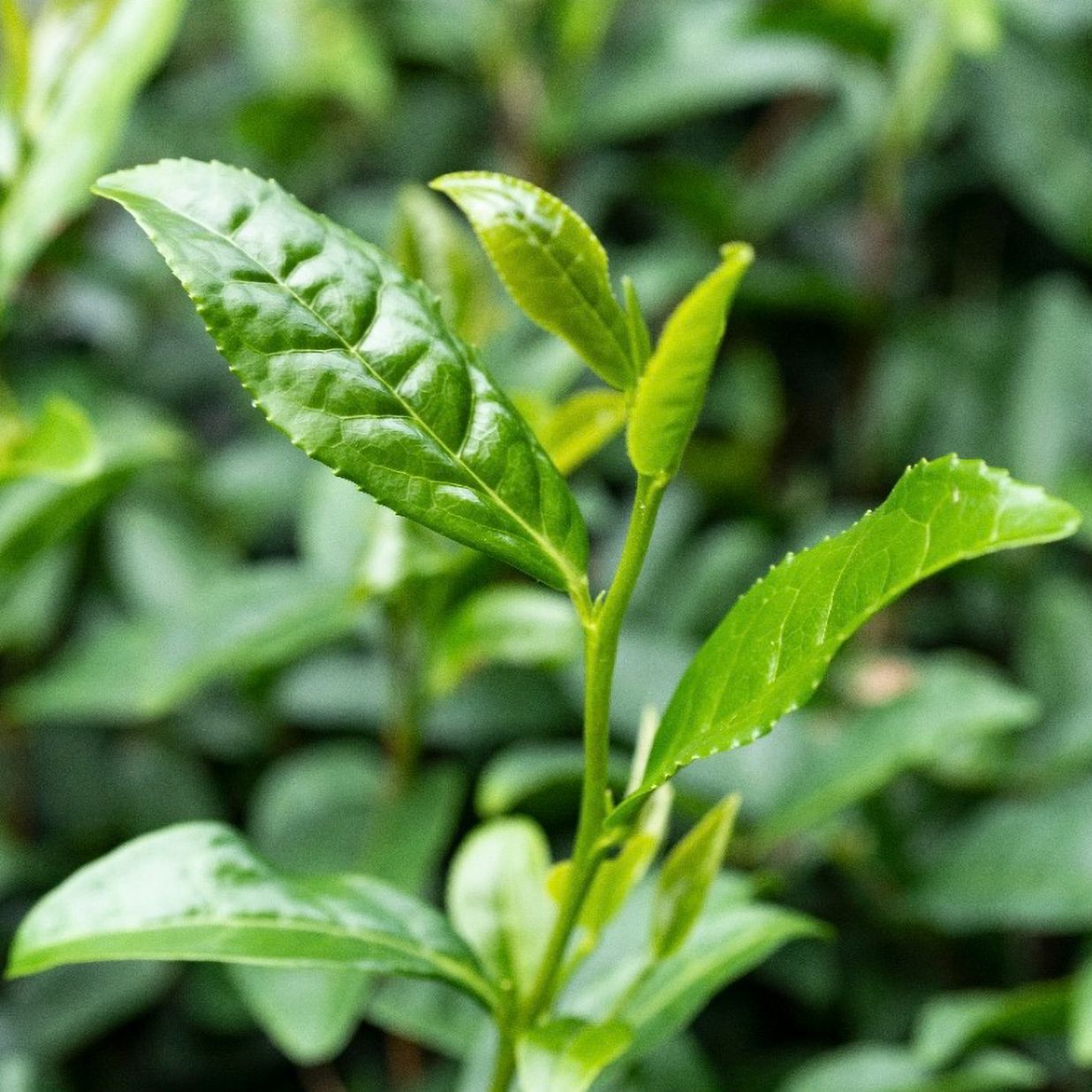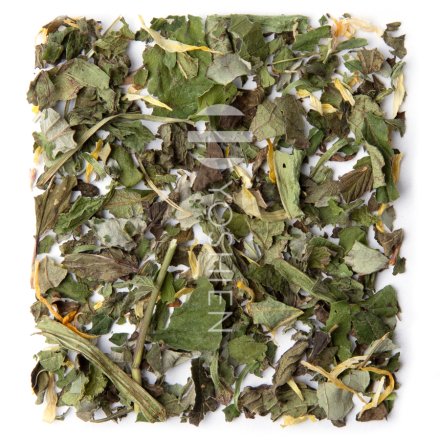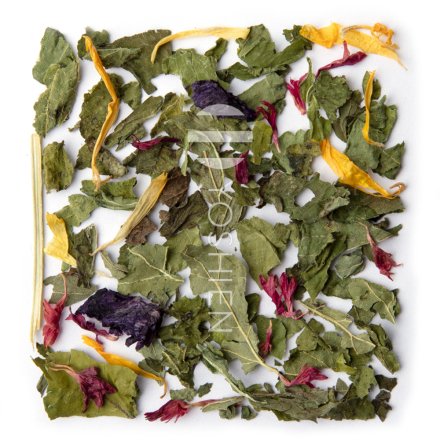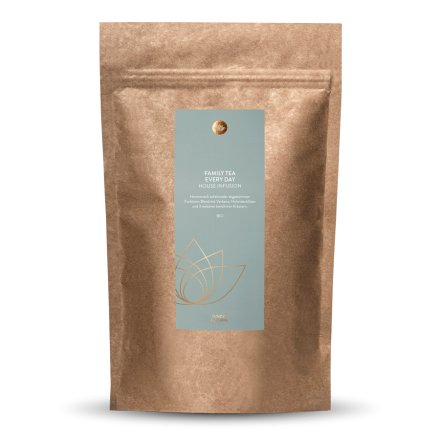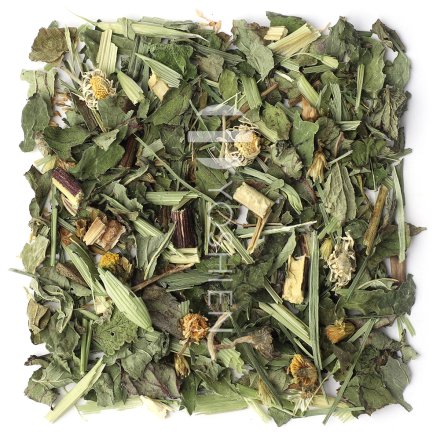Lemon balm
Melissa officinalis is a southern European plant. Like many herbs from the south, it was first cultivated in monastery gardens and then gradually spread throughout Europe. The perennial plant sprouts in March and can grow up to 70cm tall by July and is clearly recognisable by its scent. Due to its many uses, however, it was cultivated early on throughout Europe as a popular aromatic herb. In the Middle Ages, it was cultivated in every monastery garden because it was considered particularly valuable.
Goldenrod
Goldenrod (Solidaginis virgaureae) is a crop that has been recognised for its various uses for centuries. The introduction of goldenrod to Europe took place in the 17th century, and since then has thrived as an invasive neophyte in the sparse forests and dry woodland meadows of Europe and North America. This medicinal plant, which marks the end of summer with its vibrant yellow flowers, can also be used as a natural dye.
Peppermint
Peppermint has been used for ages in cultures around the world for purification rituals, as incense, and in the form of calming tea. To help improve concentration, students in ancient times wore a crown of twisted mint and relied on the sweet, clear scent for its stimulating effects. Traditionally, peppermint is drunk as a tea or inhaled in the form of steam baths.
Nettle
Nettle (Urtica dioica, Urtica urens) deserves a place of honour among herbs. The 70 species grow everywhere on the planet except in the Antarctic. Perennial, undemanding and effective, it likes to thrive in the vicinity of humans and many butterflies are dependent on it. In antiquity it was used to ward off evil spells, and in Germany it was called Donnernessel: "thunder nettle" in dedication to Donar, the god of thunderstorms.
Cornflower
The cornflower (Centaurea cyanus, Cyanus arvensis) is an annual flowering plant that often grew as a weed in cornfields in the past, hence its name. Due to intensive farming, these days it is an endangered species in its native Europen homeland, but can still be found growing in the wild at altitudes of up to 1800m in the Alps. Because of its high content of bitter substances and anthocyanins, it has a firm place in herbalism.
Marigold Petal
The marigold (Calendula officinalis) belongs to the daisy (Asteraceae) family, and is widespread in Europe. With its yellow and orange flowers, it is particularly striking and can be found in many gardens. The petals, when dried, can be used as a tea or in the form of an extract for external use.



